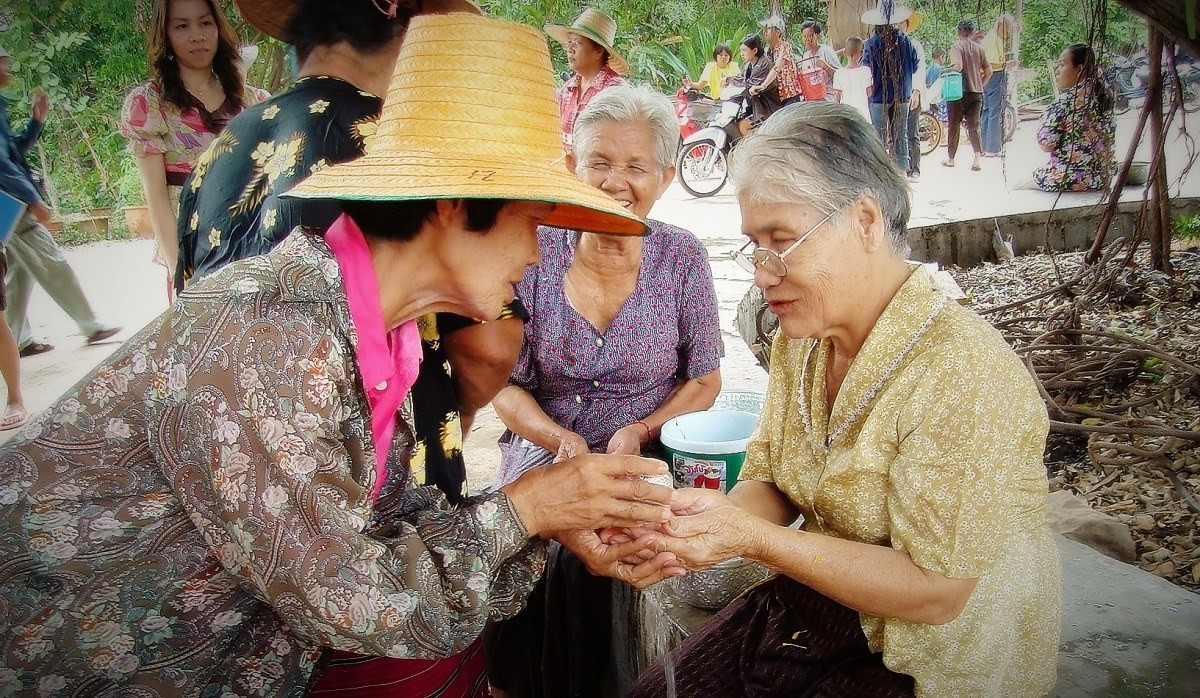ข่าว
Poor Thais shrank to to 4.9 million last year
The number of poor in Thailand fell to 4.9 million last year from 7.1 million in 2014 as the country’s economic growth and myriad state policies helped raise incomes

The number of poor in Thailand fell to 4.9 million last year from 7.1 million in 2014 as the country’s economic growth and myriad state policies helped raise incomes, says the government’s planning unit.
The “Poverty and Inequality in Thailand” survey by the National Economic and Social Development Board (NESDB) reported the proportion of poor fell to 7.2% of the population in 2015 from 10.5% in 2014.
Thailand’s poverty line was 2,575 baht per person per month in 2013, 2,647 baht in 2014 and 2,644 baht in 2015, the NESDB said.
Distribution of cash handouts to registered poor commences on Dec 3
Finance permanent secretary Dr. Somchai Sujjapongse said the Revenue Department would need 1-2 days to check with the database to determine that all the 8.3 million poor people who registered with the national E-payment database are indeed poor and would be eligible to the handouts.
The cash handouts range from 1,500 baht to a maximum of 3,000 baht. Farmers who earn less than 30,000 baht a year form their crops will receive 3,000 baht each while those who earn more will receive 1,500 baht. The urban poor will receive 3,000 baht each.
Thailand in top 5 world’s most unequal countries
Credit Suisse’s Global Wealth Report 2016 identified Russia as the world’s most unequal country, with a staggering 74.5 per cent of the nation’s wealth controlled by the richest 1 per cent of people.
In India and Thailand, the top 1 per cent own nearly 60 per cent of the wealth, while the figure was around 50 per cent for Indonesia and Brazil.







